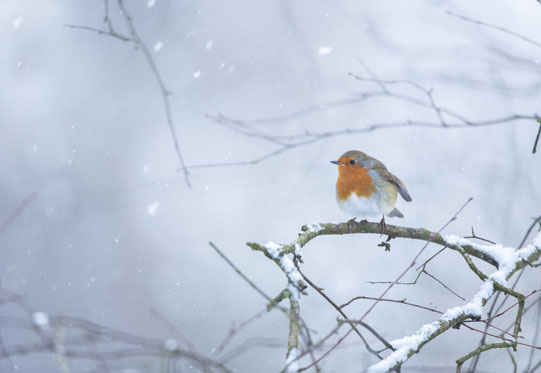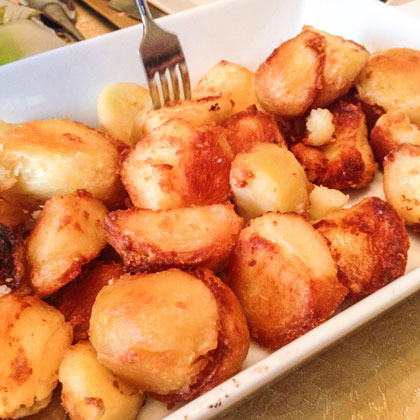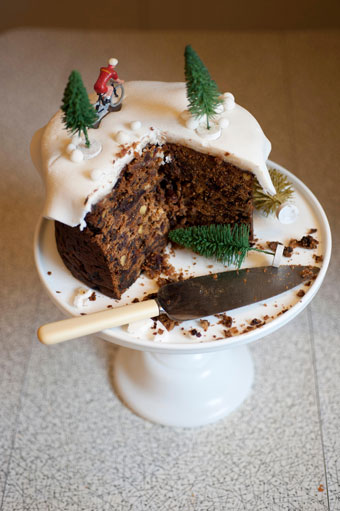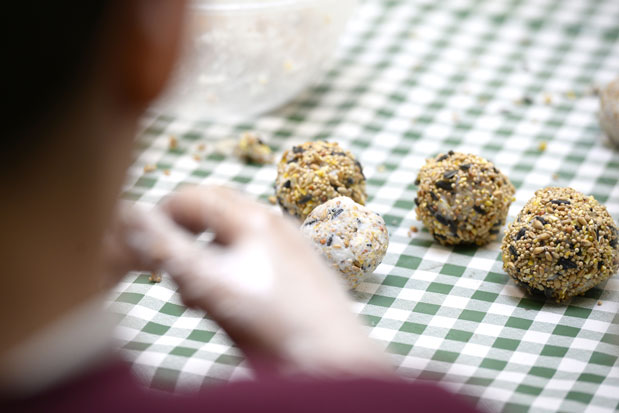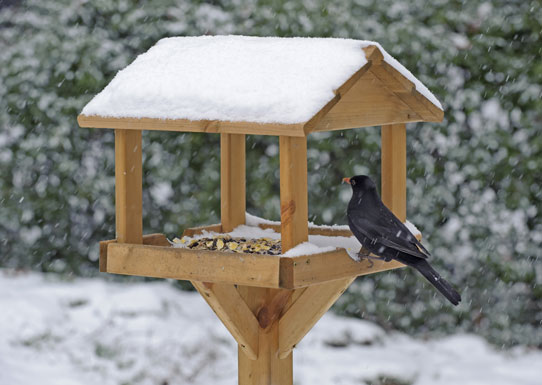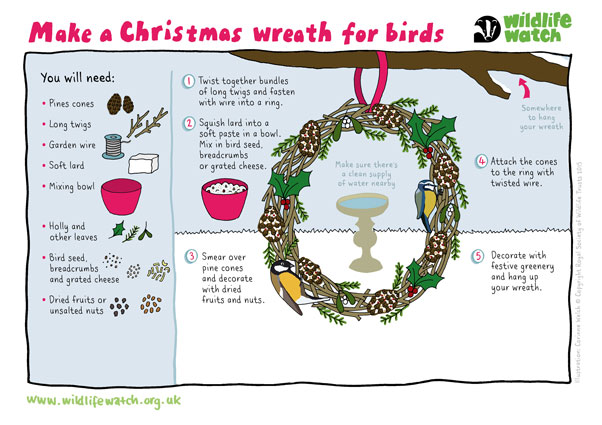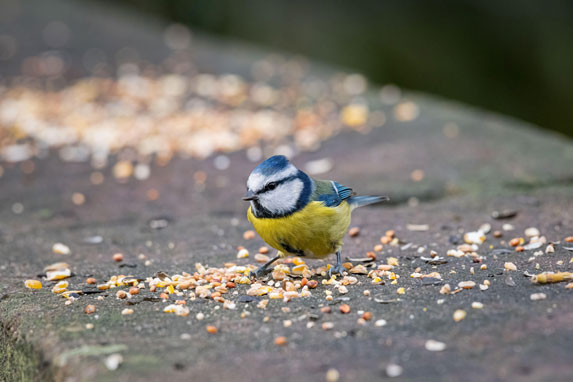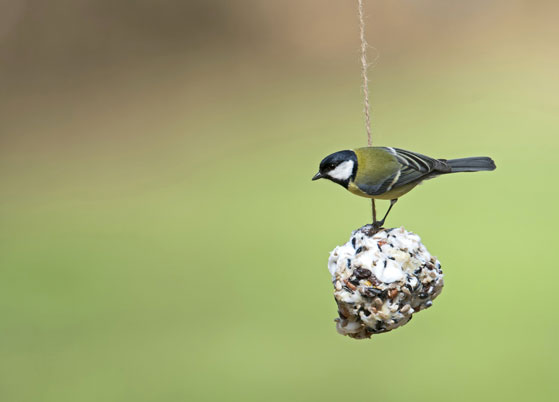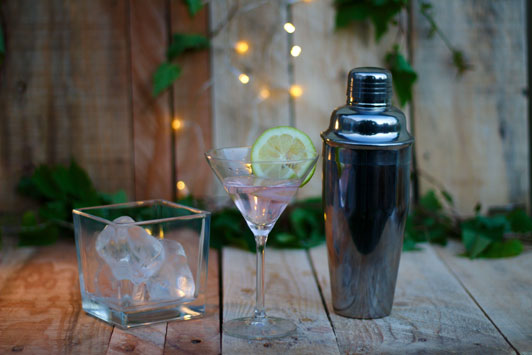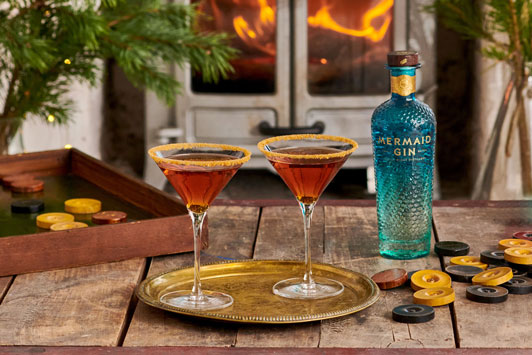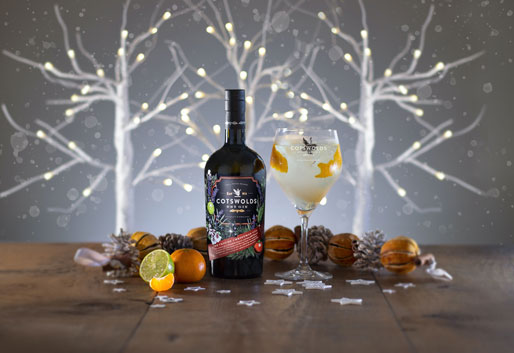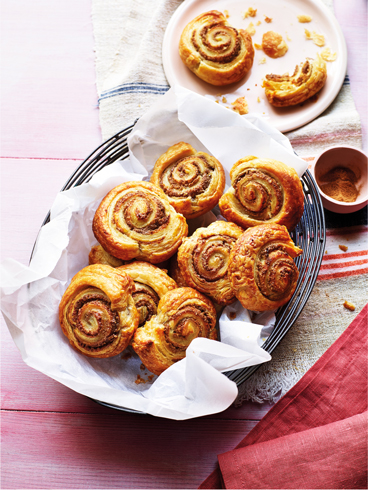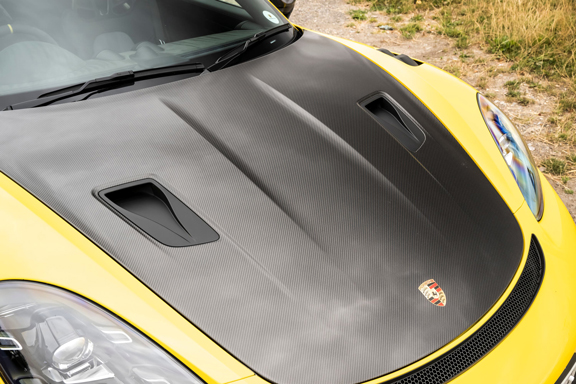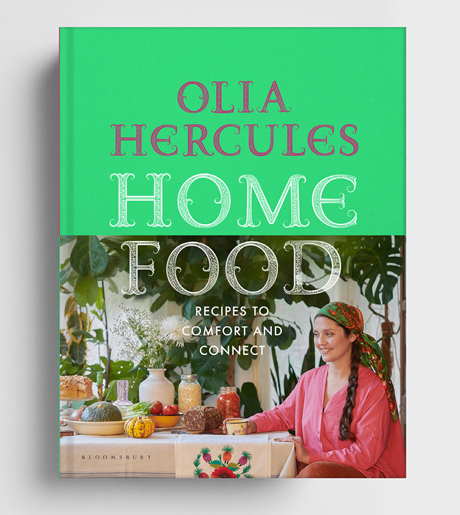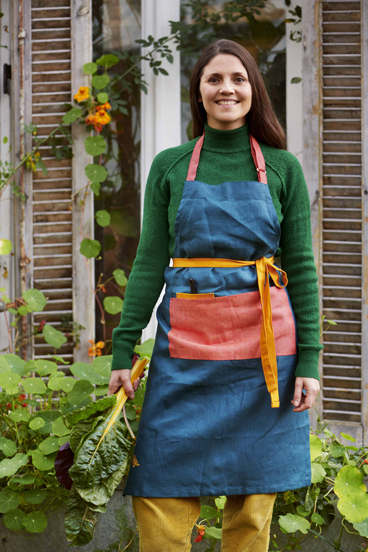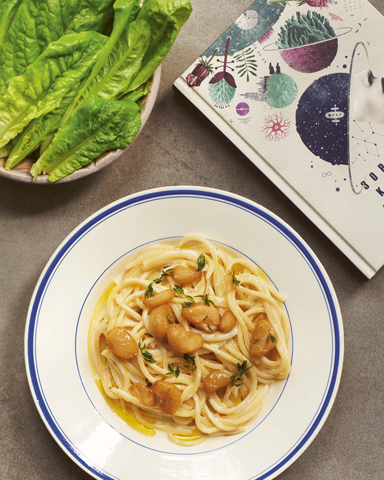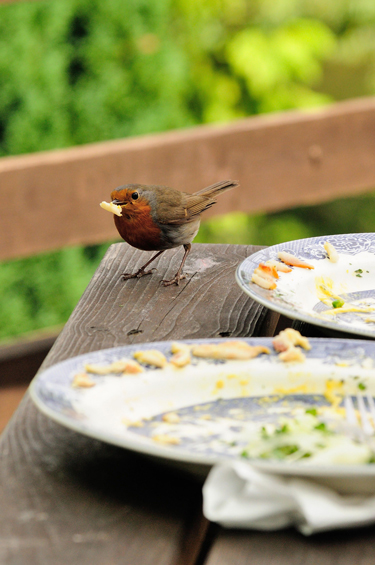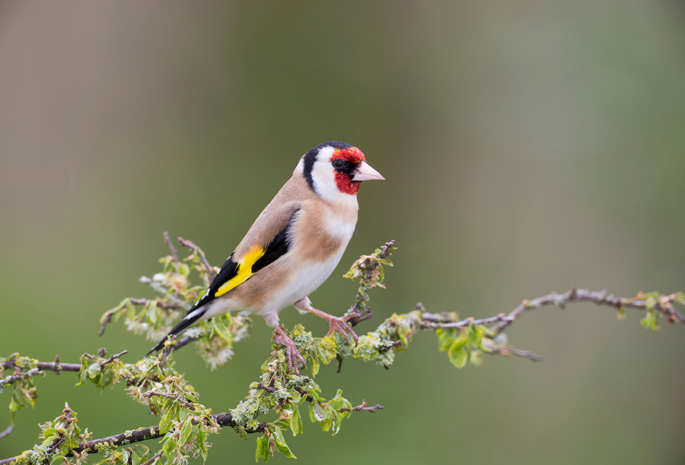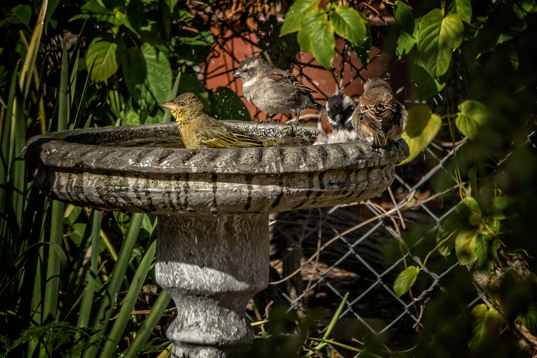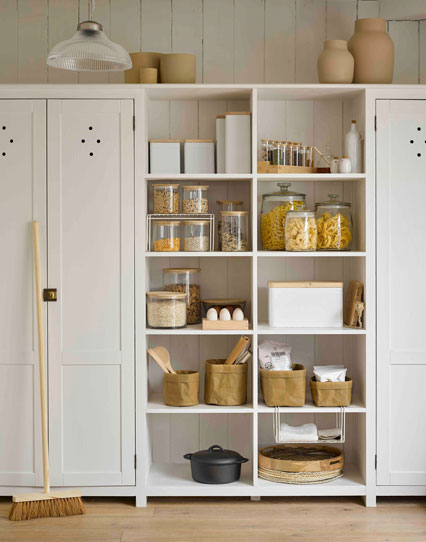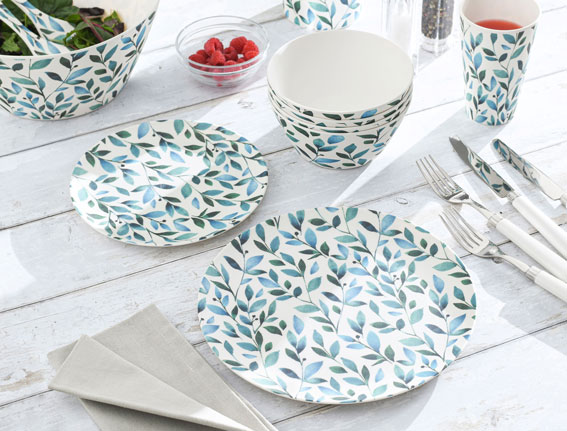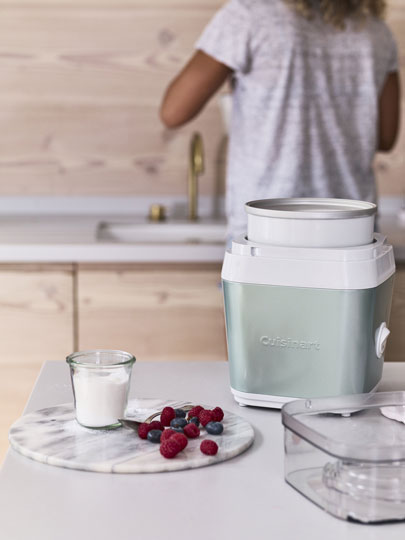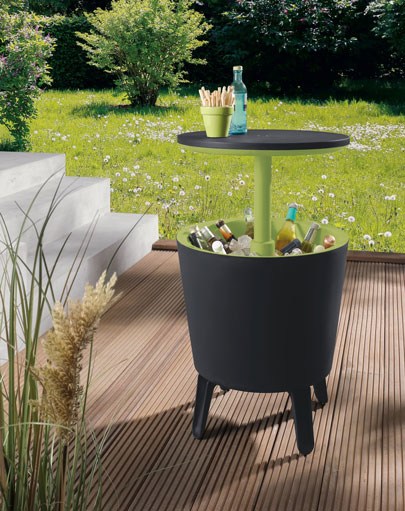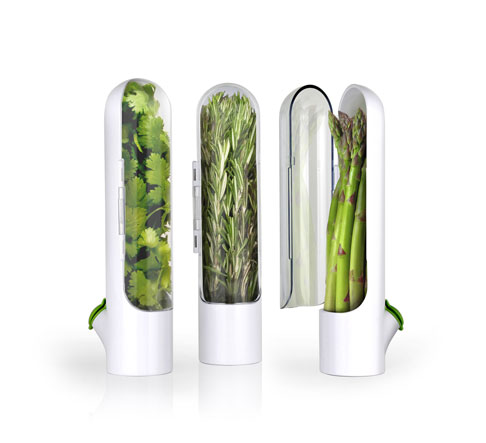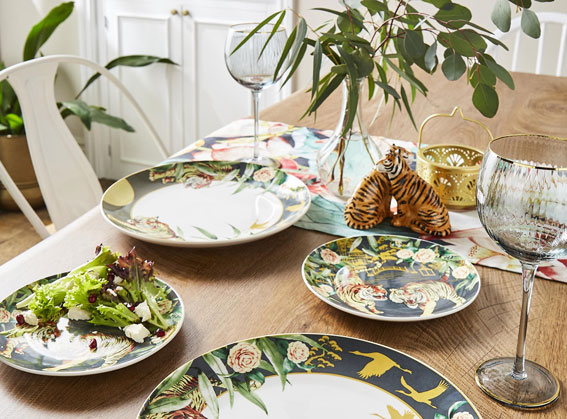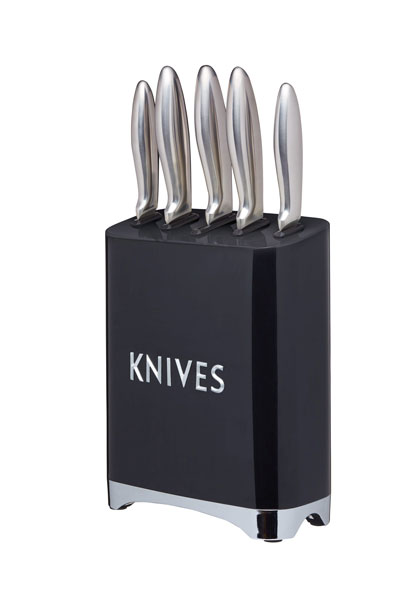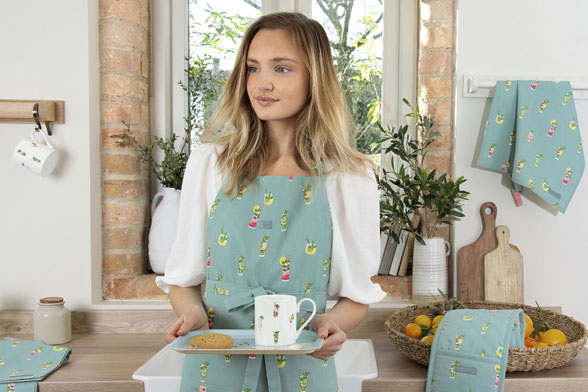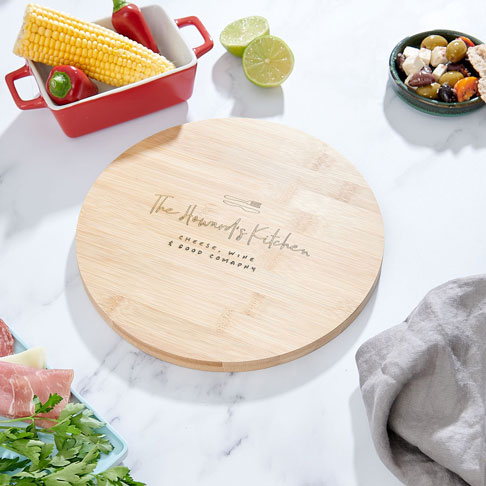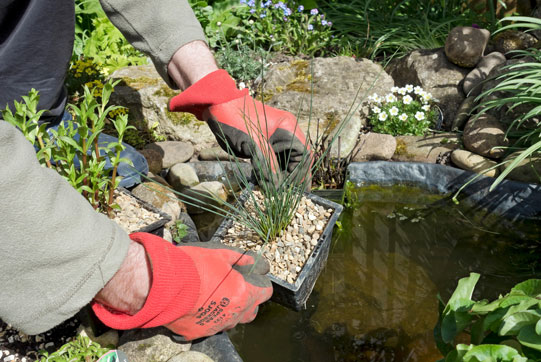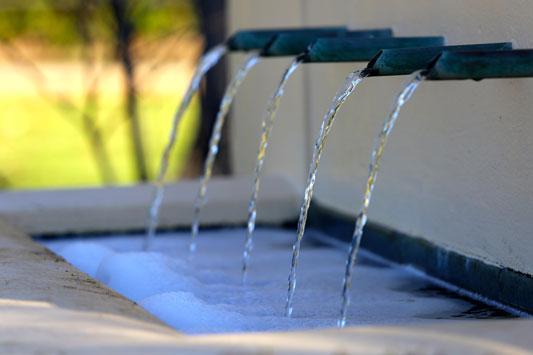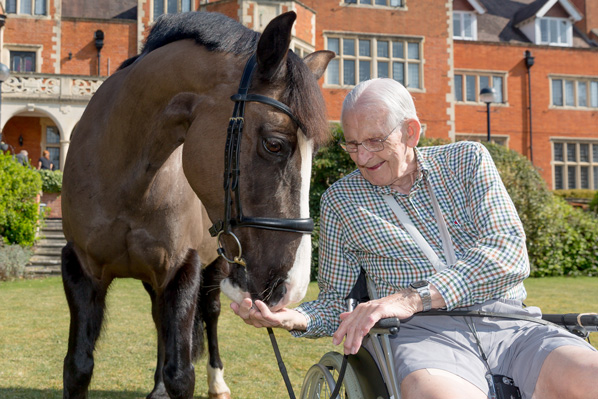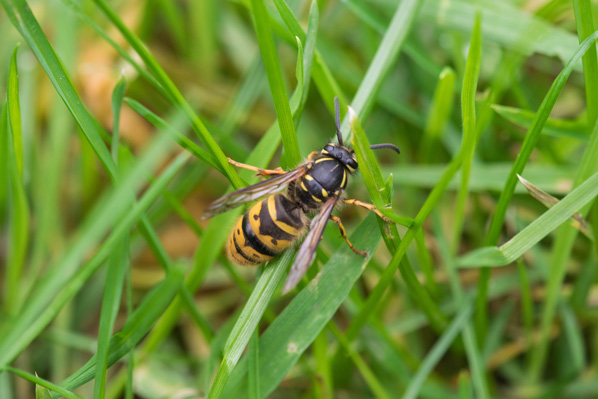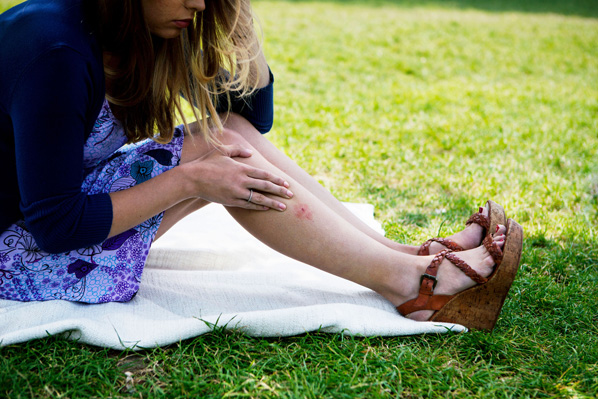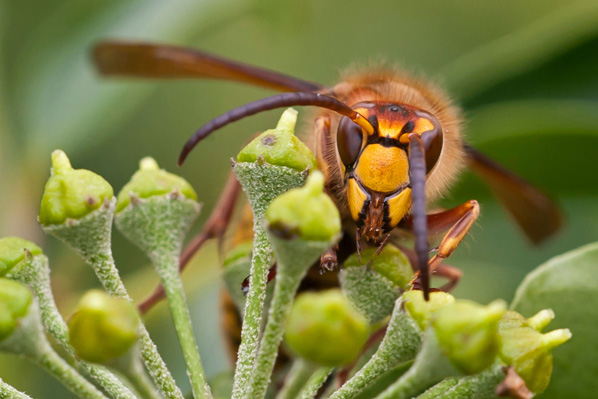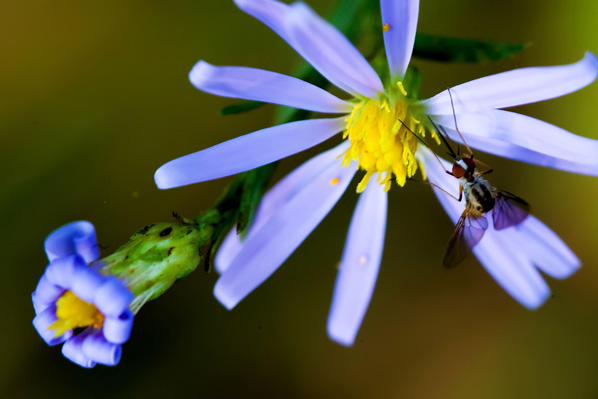Plummeting temperatures may have you wondering how to keep warm – while still looking good. By Imy Brighty-Potts.
We could be heading towards a white Christmas, with everyone starting to feel the freeze.
The Met Office has issued various yellow weather warnings, as the UK recorded its coldest night of the year so far – it was minus 15.7C in Aberdeenshire last night.
Heavy snowfall on Sunday evening in some places forced airports to close their runways and left drivers struggling to get through, and the rail networks have been facing disruptions.
With all the ice, snow and chilly weather about, how can we dress warmly – while still looking great?

Get layering
“The trick to staying warm yet stylish in the winter is in the layers,” says Jo McLaren, head of e-commerce at luxury cashmere brand N.Peal (npeal.com).
“Everyone needs T-shirts, cardigans and jumpers in the winter to help build an outfit set for the cold day ahead. Whether you’re looking for function and versatility with a cardigan, or following the plain white tee trend of autumn/winter 2022, layering is the perfect way to style your favourite pieces.”

Try some knitwear
“One of the trends seen on the runways this autumn/winter was an abundance of knitwear. With rising costs of heating, designers seemed to suggest wrapping up in your favourite knitwear,” McLaren says.
“Cashmere is a timeless and stylish way to wrap up warm. To add colour or uniqueness to your outfit, try different textures and shapes, such as cable knit and Fair Isle-style jumpers.”
You could see the inclement weather as an opportunity to shake up what you wear, with McLaren adding: “I love this time of year as it allows you to really experiment with colours, layers and textures, and create outfits that are truly your own.”

Grab a statement coat
McLaren’s favourite way to dress up a winter outfit is a statement coat.
“Investing in two or three coats with different colours, textures, patterns and thickness can help you rotate the same layers, but create a different aesthetic each time,” she advises.
And there are so many ways to get creative with a coat, with Boohoo fashion expert, Claire Asher (boohoo.com), also favouring a statement coat.
“Not only will it keep you protected from the elements, but you can also create a high-end look just with a statement jacket and inexpensive basics. Consider using your outerwear to make the most of bold block colours, striking prints and fluffy faux furs, which will guarantee to amplify any minimalist outfit – while keeping you warm and cosy.”
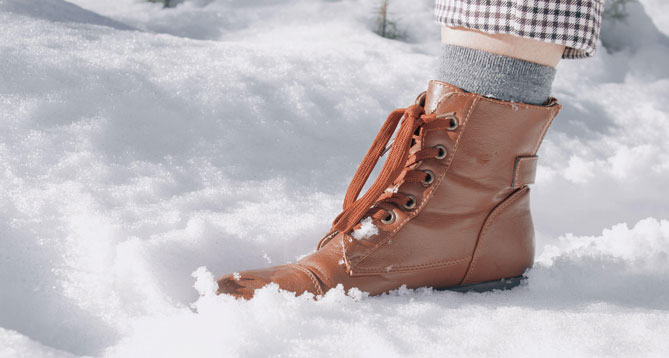
Size up in shoes
When picking your winter boots, McLaren says: “Opt for a bigger size so you can wrap your feet up in thermal socks.”
Equally, instead of buying new, you could have a look at what you already have – and see if anything can be given a winter makeover.
“With many shoes now having more grip in the soles, it’s most likely you can repurpose your existing collection for the frosty outdoors,” McLaren recommends.

Accessorise
“Nothing can switch a plain outfit into a showstopper like accessories. Winter accessorising is the perfect time to wear chic pieces, like a cashmere scarf with matching gloves,” explains McLaren.
“Accessories are also the perfect way to add colour to those wintery monotone jumpers, whether that’s a pop of red for the festive season or your favourite geometric pattern.”
You could even stay warm with some trendy earmuffs, which Asher calls “a fun yet practical accessory for the colder seasons – a trend loved by Bella Hadid.
“Not only are fluffy earmuffs a charming retro fashion statement, but they are also the perfect cold weather accessory when it comes to keeping our ears warm. The fantastic thing about earmuffs is that you can style them with pretty much any outfit.”

